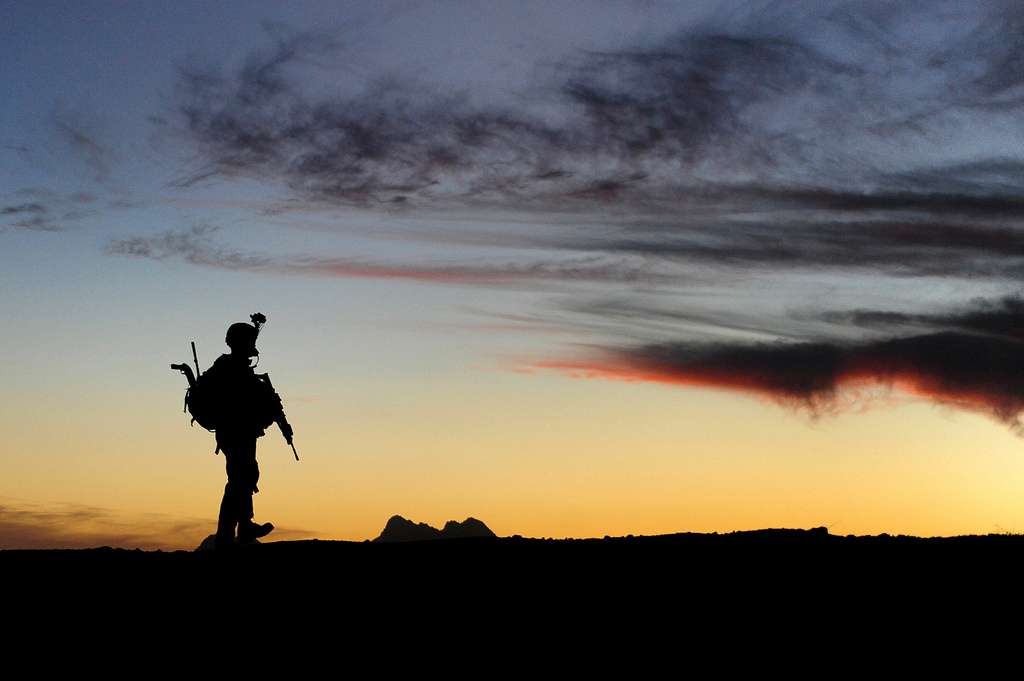Another Grim Report About the Afghanistan War. Is There Anyone Who Cares?
What does Trump have to do to get the failing Afghanistan war into the news cycle?

For a particularly grim portrait of the U.S. war in Afghanistan, which started 16 years ago last month, read the latest quarterly report from the Special Inspector General for Afghanistan Reconstruction (SIGAR).
Before we discuss what's in that document, let's pause to note what's not in it. Information that these reports used to include—how many Afghan troop casualties there have been, how large the Afghan armed forces are, how well they're recruiting, how well they're equipped—is missing this time. This administration apparently believes that Americans need to be kept in the dark about the conduct and progress of the war, so as to let military leaders make the decisions they want.
Nonetheless, the information that the SIGAR report does provide makes a powerful case that any advantages to the U.S. presence in Afghanistan expired long ago. The Afghan government now controls less territory and population than at any point since SIGAR started tracking that data. More than 10 percent of Afghans now live in areas "under insurgent control or influence," according to the report. This has happened even though the U.S. has dropped more munitions in Afghanistan than at any time since 2012. (The U.S. alone conducted more than 2,400 air strikes in the country this year.)
Meanwhile, the United Nations Assistance Mission in Afghanistan (UNAMA) says civilian casualties in air strikes conducted by the U.S. and its allies have gone up 50 percent since last year. Two-thirds of those casualties are women and children. (UNAMA attributes 177 civilian casualties this year to coalition air strikes. The United States military disputes that estimate, saying it has confirmed only 43 civilian casualties.)
The last year has also seen a big increase in so-called "insider attacks" on U.S. and Afghan personnel by other Afghan personnel—there were 54 through August 15 of this year, 26 more over the same period last year. Another recent SIGAR report finds that over the last 12 years, more than 47 percent of the foreign military trainees who have gone AWOL after being brought to the U.S. were from Afghanistan. In 2016, 13 percent of Afghan trainees brought to the U.S. went AWOL. This casts yet more doubt on the effectiveness of the intervention, which in recent years has been premised on the need to train Afghan forces.
Perhaps the president's decision to be less transparent about the war will motivate his opponents to do something about it. Or perhaps we'll just sink deeper into the quagmire. So far, the war is still mostly just forgotten.


Show Comments (19)